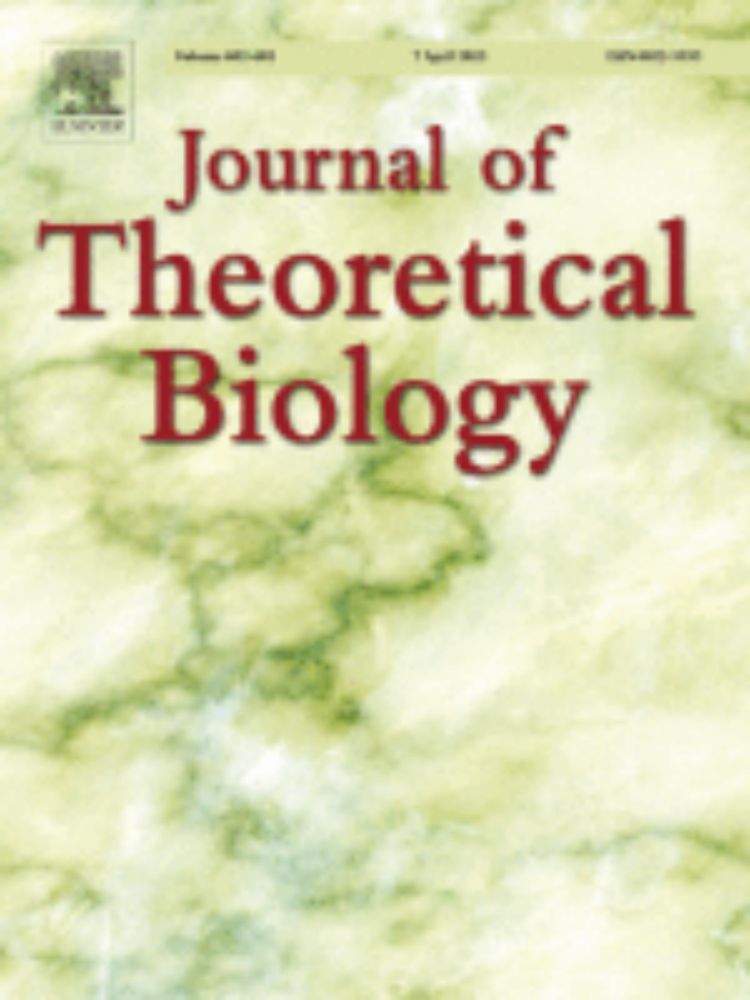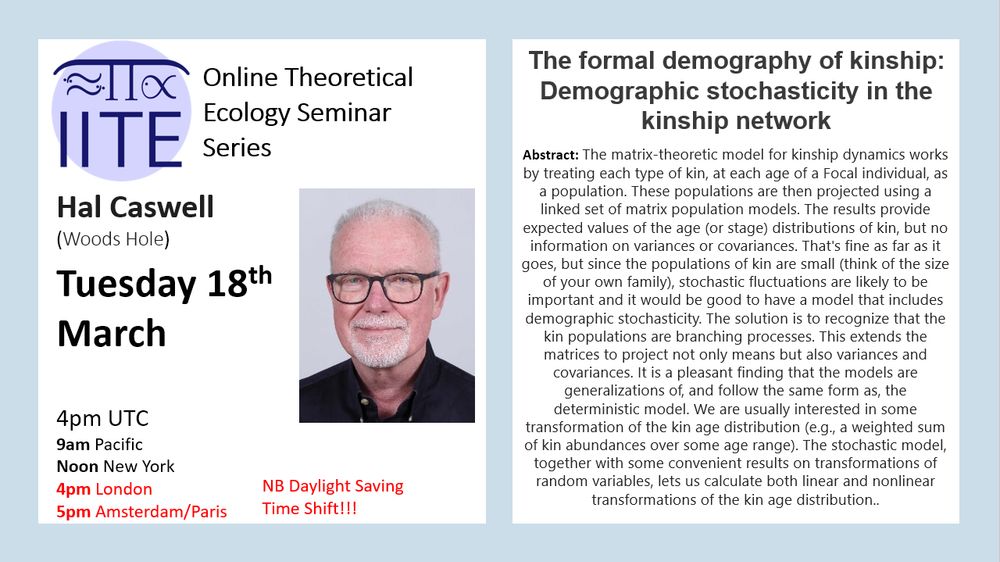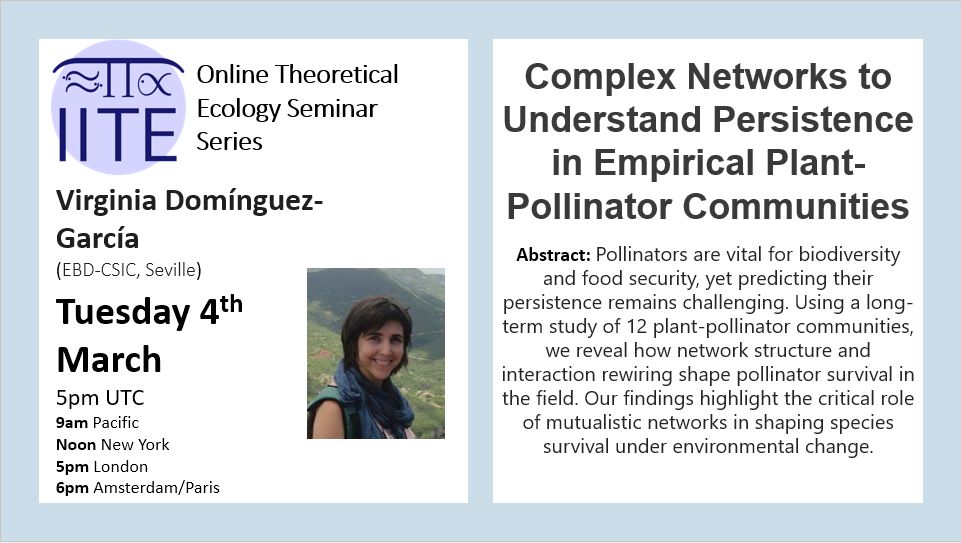Jonas Wickman
@jonaswickman.bsky.social
300 followers
36 following
8 posts
Theoretical ecologist, postdoc at W.K. Kellogg Biological Station
Posts
Media
Videos
Starter Packs
Reposted by Jonas Wickman
Reposted by Jonas Wickman
Giulia Ghedini
@giuliaghedini.bsky.social
· Mar 18

Evolution Under Competition Increases Population Production by Reducing the Density‐Dependence of Net Energy Fluxes and Growth
Using experimental evolution, we determined the impact of intra- versus interspecific competition on three marine phytoplankton species. We found that the species achieved the same evolutionary outco....
doi.org
Jonas Wickman
@jonaswickman.bsky.social
· Mar 13

The effects of trade-off shape and dimensionality on eco-evolutionary dynamics in resource competition
Organisms invariably experience trade-offs in their capacities for interacting with their environments. In resource competition, this often means that…
www.sciencedirect.com
Reposted by Jonas Wickman
Reposted by Jonas Wickman
Reposted by Jonas Wickman
Reposted by Jonas Wickman
Reposted by Jonas Wickman
Reposted by Jonas Wickman
Jonas Wickman
@jonaswickman.bsky.social
· Feb 15











